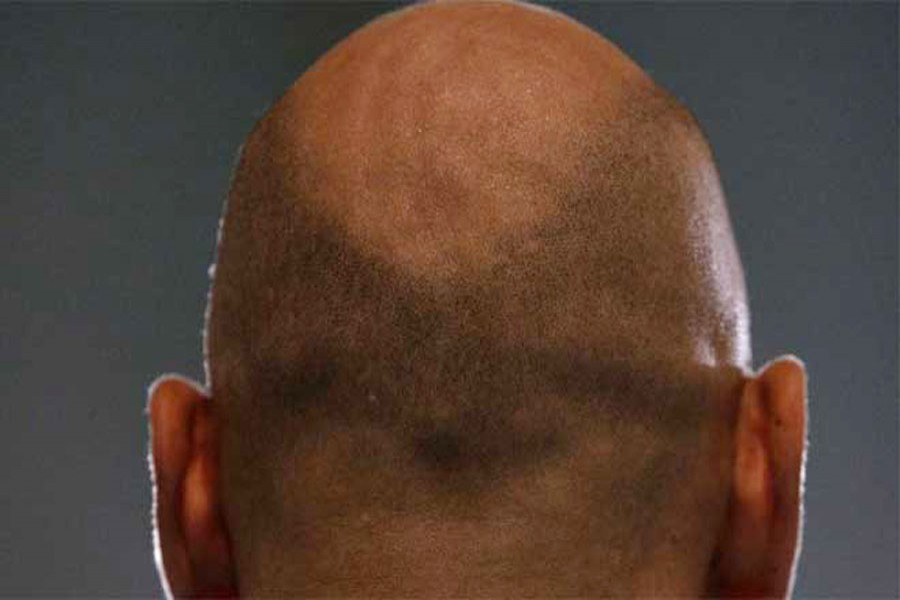Male pattern baldness and premature greying are more of a risk factor for heart disease than obesity in men under 40, new research suggests.
A study of more than 2,000 young men in India showed more who had coronary artery disease were prematurely bald or grey than men with a full head of hair.
The European Society of Cardiology's study will be read at the Cardiological Society of India's annual conference.
But the British Heart Foundation said other risk factors were important.
Dr Mike Knapton, associate medical director at the BHF, told the BBC: "This study suggests that identifying men with premature hair loss and greying may help identify those with an increased risk of developing heart disease.
"However, this isn't something that people can change, whereas you can modify your lifestyle and risk factors such as high cholesterol and blood pressure. These are far more important things to consider."
Prematurely grey
The research, to be presented at the CSI's 69th annual conference in Kolkata, studied 790 men under 40 who had coronary artery disease and 1,270 healthy men of a similar age, who acted as a control group.
A clinical history was taken of all the participants, who were then marked on their levels of male pattern baldness - the common type of hair loss that develops in most men at some stage - and hair whitening.
The researchers correlated the findings with the severity of heart disease symptoms.
They discovered that the men with the heart condition were more likely to have gone prematurely grey - 50% compared with 30% of the healthy group - more than five times the risk of the control group.
The heart condition groups were also more likely to have male pattern baldness - 49% against 27% of those in the healthy group - a 5.6 times greater risk.
Yet obesity was associated with only a fourfold increased risk of the disease.
Dr Kamal Sharma, the principal investigator on the study, said: "The possible reason could be the process of biological ageing, which may be faster in certain patients and may be reflected in hair changes."
Prof Alun Hughes, professor of cardiovascular physiology and pharmacology at University College London, said similar correlations had been made before.
"People have speculated that it may be an indicator of DNA damage associated with ageing," he said.
"Also, since hair follicles are a target for androgens - for example testosterone - it has been suggested that early male pattern baldness could reflect differences in responses to androgens that might influence the risk of heart disease."
A study of nearly 37,000 people in Japan in 2013 said balding men were 32% more likely to have coronary heart disease.
Lead study author Dr Dhammdeep Humane, of the UN Mehta Institute of Cardiology and Research Centre in Ahmedabad, said men with male pattern balding or premature greying "should receive extra monitoring for coronary artery disease and advice on lifestyle changes, such as healthy diet, exercise, and stress management."
Another study author, Dr Sachin Patil, said there was an increase in coronary disease in young men which could not be explained by traditional risk factors and added that the hair conditions were "plausible risk factors".
Prof Marco Roffi, head of the Interventional Cardiology Unit at Geneva University Hospital, said: "Classical risk factors, such as diabetes, family history of coronary disease, smoking, sedentary lifestyle, high cholesterol levels and high blood pressure, are responsible for the vast majority of cardiovascular disease.


